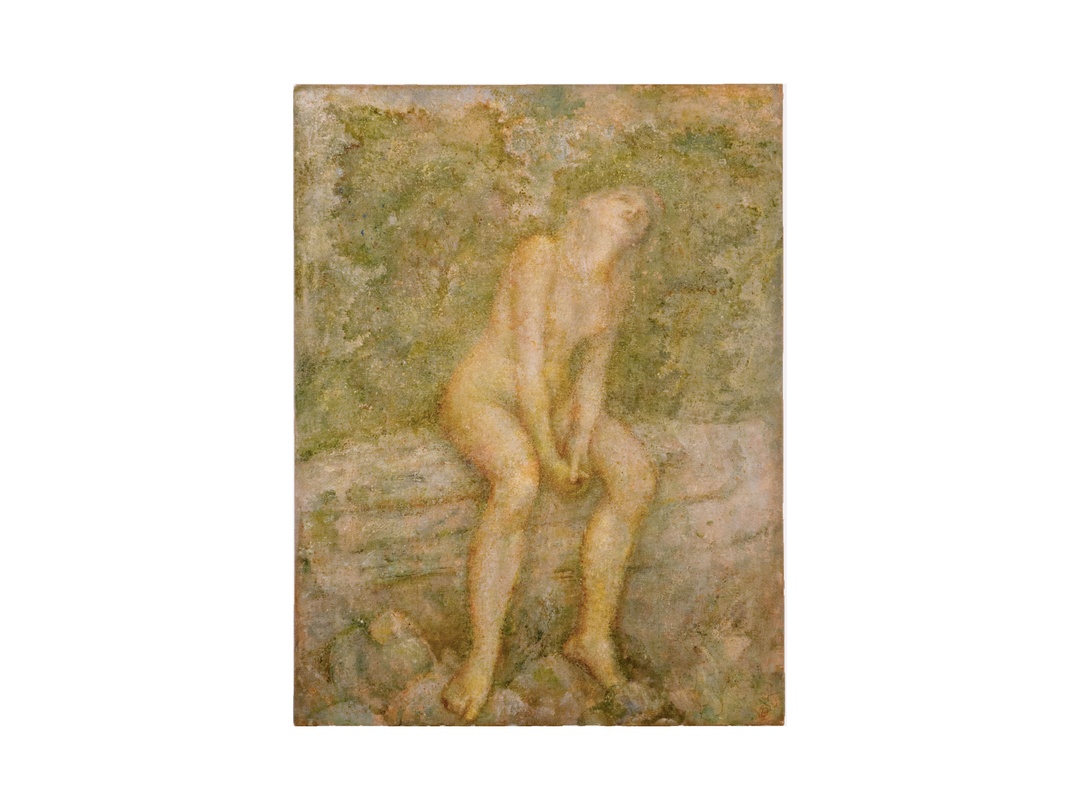Hugo Bastidas, Fountains
Statement
The timely subject matter of Hugo Bastidas’ black and white paintings is driven by deep concerns for the human condition, globalization, and its effect on the health of our planet. In Autobiography as Critique (2014) Howard McCalebb wrote: “An important Latin American born artist showing an interest in 1980s Representational Painting is Hugo X. Bastidas. His paintings can be appreciated as a second generation of the rebirth of representational painting in the late 20th Century, in the United States. Unlike the paintings of Tansey, Bastidas’ quasi-conceptual monochrome artworks generally do not critique art theory–or challenge art world dogma. Bastidas joins the mission to rethink representation, and to look more closely at the content of representational modes of expression, to exploit the language of the embedded idea within the pictorial structure itself. His subjects vary from social and/or political concerns, to complex pictures that conflict visual perception against cerebral comprehension.”
| Artwork Info | |
|---|---|
| Date | 2021 |
| Dimensions | 120 x 400 inches |
| Medium | Oil over linen |
| Artist Info | |
|---|---|
| Born | Quito, Ecuador |
| Works | New York, NY |
Reflecting on this Year
Despite being started in 2018, “Fountains” is about contemplation and remembrance.
Biography
Born in Ecuador in 1955 and raised in the United States, Bastidas received a BA from Rutgers University (1979), awarded a Robert Smithson Scholarship to attend Brooklyn Museum School of Art Program in sculpture (1979-80), and completed his MFA from Hunter College, CUNY (1986). Hugo Xavier Bastidas, an internationally recognized painter, is represented since 1994 by the Nohra Haime Gallery in New York City. He has received numerous awards and scholarships during the past four decades; exhibited throughout the United States and Europe, South America, the Middle East, and Asia; and is a Fulbright Fellow and an associate professor and lecturer. His work has been reviewed in numerous publications including The New York Times, Art in America, ArtNexxus, and Art and Antiques, among others, and has been reviewed in numerous media.











